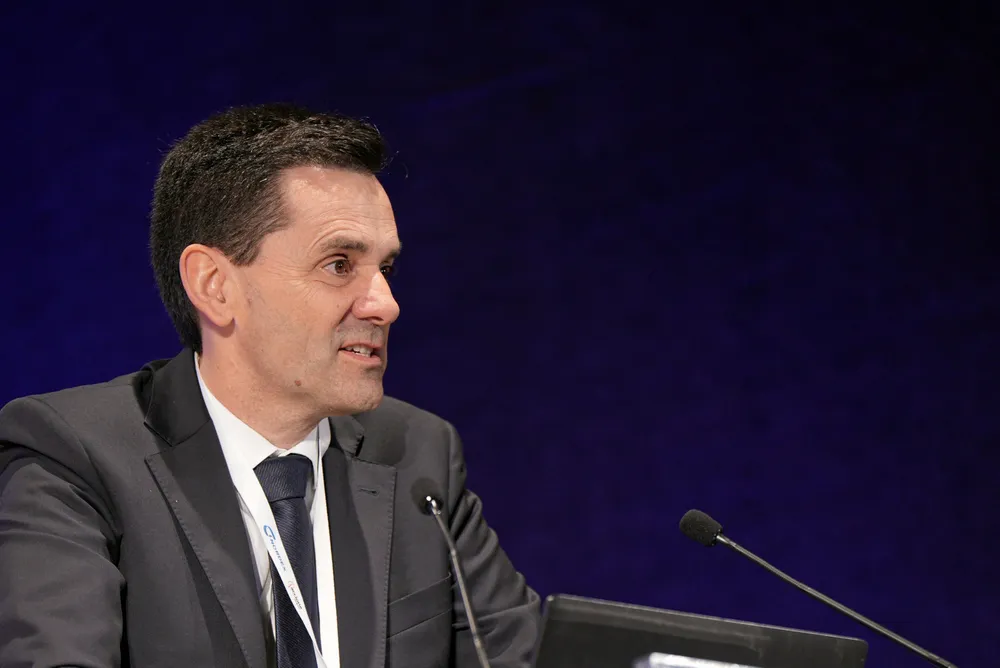Nordex CEO: 'We've laid foundation to reclaim US market share'
José Luis Blanco also sees Europe, in particular Germany and Turkey, as key growth markets

Blanco is upbeat that his company can reverse the trend.
“Just a few years ago, we had a market share of 12-18% in the US,” Blanco said in an interview.
“With our recent US activities, we have laid the foundation to reclaim our former market share in the region which today is already the strongest market for onshore wind outside China, with large opportunities ahead.
“To capitalise on these, we recently reactivated our production plant in West Branch and launched the N169/5.X.”
The move is likely to be welcomed by the wind industry in North America which is poised for sustained growth in the second half of this decade and is looking for a third onshore turbine supplier to offer price competition, supply diversity and flexibility.
“The current N163/5.X will in the future serve very specific projects and stronger wind sites,” Blanco said.
The CEO stressed that his company’s supply chain concept will fulfil all domestic content requirements to maximise benefits under the US Inflation Reduction Act (IRA).
“Combined with the Inflation Reduction Act and its incentivisation of local manufacturing and so utilising the production plant in Iowa, we see great potential for Nordex with this turbine in North America in the coming years.”
‘Wind turbines are critical infrastructure’
“Wind turbines are an integral part of the critical energy infrastructure and hence of the national security in Europe,” he added.
Whether cheap and possibly unfairly subsidised Chinese OEMs get unfettered access to the European market is critical for Nordex, as the company identifies Europe as the second promising region next to North America for the coming years.
“In Europe especially Germany will be the main driver for increased installations,” Blanco said.
“With the political aims set, our existing product portfolio along with our good results in the last auctions we will see a high degree of activity for us in the future. Further in Türkiye, we are doing very well, and we expect here more activity in this onshore market in the future as well.”
The government of Chancellor Olaf Scholz wants to bring onshore wind installations to around 10GW per year for the latter half of this decade to help reach a renewable power share of 80% by 2030, up from 58% during the first half of this year.
The Ebitda margin is a measure of the operational profitability of a company.
The two main factors behind the better financial figures at Nordex “are the declining share of lower-margin projects and the further improved project execution,” Blanco explained.
The company has reconfirmed a medium-term target to reach an 8% Ebitda margin.
(Copyright)